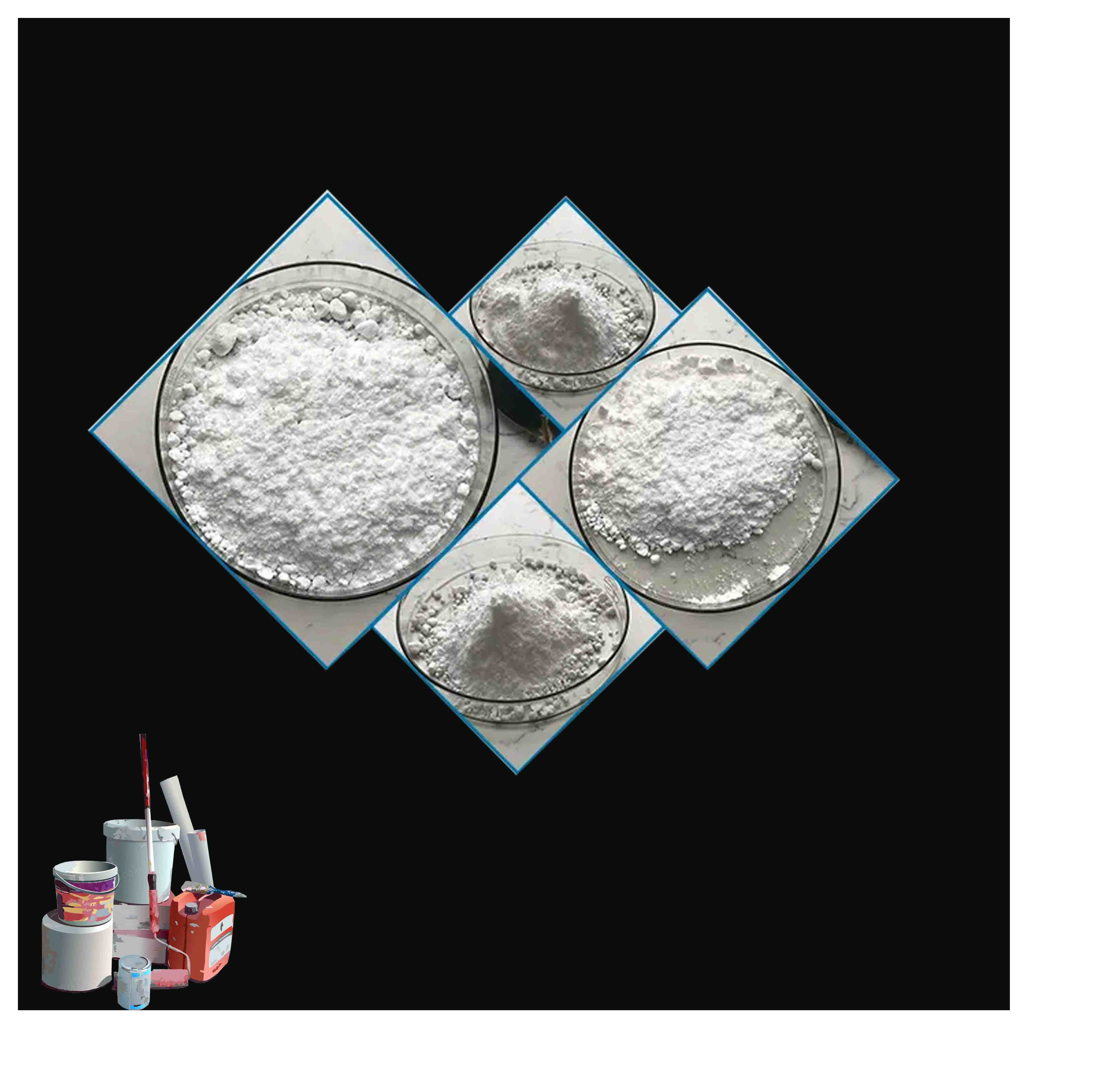
10 月 . 21, 2024 01:44 Back to list
Safety Data Sheet for China Lithopone Products and Handling Tips
Understanding Lithopone and Its Safety Data Sheet (MSDS)
Lithopone is a white pigment composed of a mixture of barium sulfate and zinc sulfide. It is widely used in various industries, including paint manufacturing, plastics production, and as a filler in products such as rubber and paper. The combination of these compounds results in a pigment that offers excellent opacity, brightness, and durability. Despite its advantageous properties, the safe handling of lithopone is crucial, and this is where the Material Safety Data Sheet (MSDS) comes into play.
An MSDS is a document that provides critical information about a substance's properties, hazards, and safety precautions. Its primary purpose is to ensure the safety of workers handling chemical substances and to protect the environment from potential hazards. Understanding (and following) the guidelines laid out in the MSDS for lithopone is essential for any business involved in its production or application.
Chemical Identification
The MSDS typically begins with the chemical identification of lithopone. This section includes its chemical name, synonyms, and the relevant chemical identity numbers, such as the CAS number. Lithopone’s CAS number is 1345-05-7, making it easily identifiable in chemical databases and literature.
Hazards Identification
A significant feature of the MSDS is the hazards identification section. This section outlines potential health effects resulting from exposure to lithopone. While lithopone is generally considered to have low toxicity, it can pose certain risks
- Inhalation Dust generated from manipulating lithopone can cause respiratory irritation. Prolonged exposure may lead to respiratory issues. - Skin Contact Direct contact may result in irritation or allergic reactions in sensitive individuals. - Eye Contact Dust may irritate the eyes, causing redness and discomfort.
It's crucial for employees working with or near lithopone to be aware of these hazards and take appropriate precautions
.First-Aid Measures
The MSDS also details first-aid measures to follow in the event of exposure. These measures include
china lithopone msds

- Inhalation Move the affected person to an area with fresh air. Seek medical attention if symptoms persist. - Skin Contact Remove contaminated clothing and wash the skin thoroughly with soap and water. Seek medical attention if irritation occurs. - Eye Contact Rinse eyes gently with water for several minutes. If irritation continues, consult a physician.
Adhering to these guidelines can minimize health risks associated with lithopone exposure.
Storage and Handling
Proper handling and storage of lithopone are critical to ensure safety in the workplace. The MSDS provides guidelines such as
- Storage Store lithopone in a cool, dry, well-ventilated area away from incompatible substances. Use tightly closed containers to minimize dust generation. - Handling Employ appropriate personal protective equipment (PPE), including gloves, goggles, and respiratory protection, as necessary. Implement engineering controls such as ventilation systems to reduce dust exposure.
Environmental Considerations
As with any chemical substance, it is vital to consider lithopone's environmental impact. The MSDS outlines strategies for environmental protection, including proper waste disposal methods and spill response procedures. In case of a spill, it is essential to contain the material and prevent it from entering waterways, with appropriate cleanup methods specified in the MSDS.
Regulatory Information
Finally, the regulatory information section of the MSDS outlines any applicable local, state, or federal regulations concerning lithopone. This can include guidelines set forth by agencies such as OSHA (Occupational Safety and Health Administration) or EPA (Environmental Protection Agency). Adhering to these regulations is crucial for compliance and promoting a safe workplace.
In summary, understanding lithopone and its associated MSDS is vital for anyone involved in handling this pigment. By comprehensively reviewing the safety data, including information on hazards, first-aid measures, storage, handling, and environmental considerations, businesses can ensure a safe working environment. Employee training on the proper interpretation and application of MSDS information will further enhance workplace safety and health, ultimately leading to more effective and responsible use of lithopone in various applications.
-
Lithopone for Plastic & TiO2 R-5568/SK-6658 Masterbatch Solutions
NewsMay.30,2025
-
China Leading Rutile TiO2 Manufacturer - R5566 & R996 Grades Available
NewsMay.30,2025
-
High-Purity Anatase & Rutile TiO2 Powder Trusted Manufacturer
NewsMay.30,2025
-
High-Purity Anatase Products Trusted Supplier & Manufacturer
NewsMay.29,2025
-
Best Price Eco-Friendly Rutile TiO2 Supplier & Wholesale Factory
NewsMay.29,2025
-
Chinese Anatase Titanium Dioxide for Ceramic Glaze Reliable Supplier
NewsMay.29,2025
